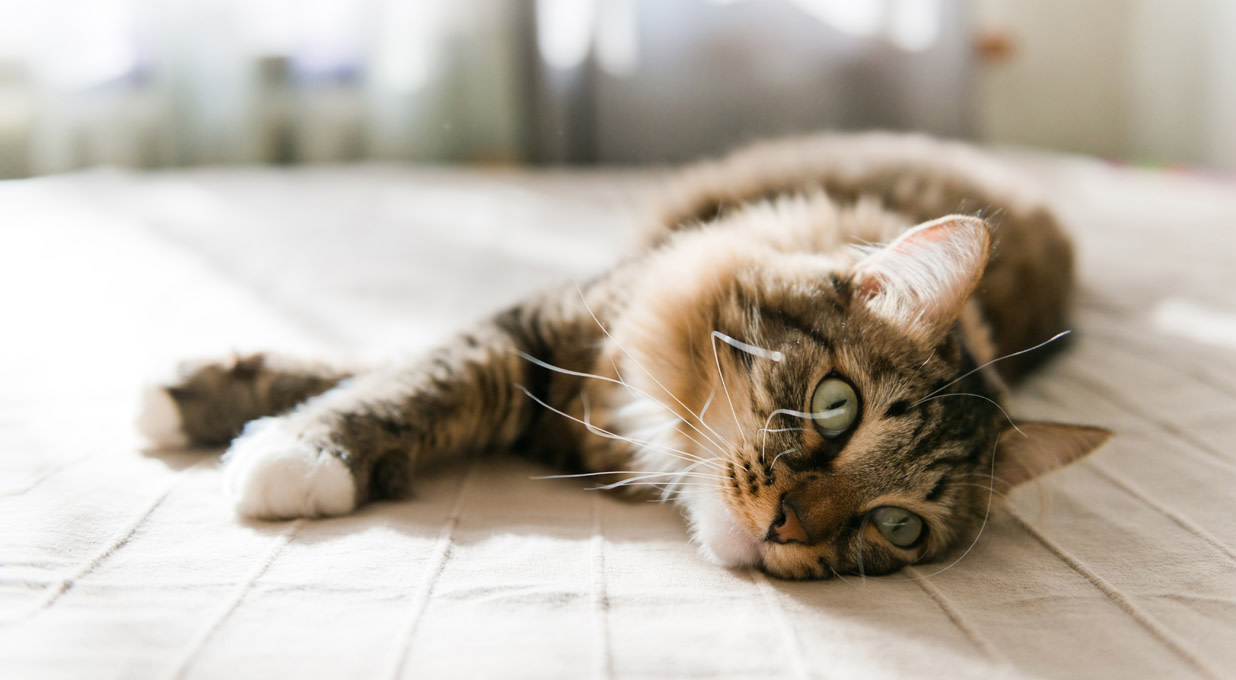Pets at Home has maintained full-year guidance for the year ending 27 March 2025, with underlying profit before tax (PBT) to remain broadly flat at £133mn.
The group expects conditions to stay subdued into the current financial year. Operating costs are expected to rise by up to 5%. Overall underlying PBT is expected to drop to a range of £115-125mn.
The provisional findings of the Competition and Markets Authority enquiry in the UK veterinary industry is now expected to be released over Summer 2025, rather than previous expectations of May 2025.
The shares fell 13.1% in early trading.
Our view
Pets at Home has battled through a tough year, and there are further challenges on the horizon. Retail struggles, tougher comparisons in the vet division, and rising labour costs are expected to lead to a drop in profit for the coming year. That’s a sharp contrast to analysts’ predictions of modest growth.
The UK’s Competition & Markets Authority probe into the UK Veterinary industry is a risk. The group believes that the autonomy its joint-venture model should be viewed favourably. But the investigation is taking longer than expected and will remain a key uncertainty until resolved.
A more immediate concern is weakness in the retail division, largely due to a challenging macroeconomic backdrop that means pet owners have less disposable cash to spend on their furry friends.
Despite this, investments in the digital platform, new store openings and refits, and strong recruitment rates to the group’s loyalty schemes should stand the group in good stead when things pick back up. 8.2mn Pets Club members provide a valuable source of data that can help optimise the product range and promotional activity. Subscriptions for things like regular flea and worm treatments, help to provide a further element of revenue visibility.
With an eye on the future, we think the investments made in recent years should help the group benefit from an attractive medium-term outlook. A stable but ageing pet population should see average spend trend higher in time. That’s especially true in the Vets division, where the group was winning market share last we heard, helped by a strong focus on attracting and retaining skilled practitioners who have been in short supply over recent years.
The shares offer a prospective dividend yield of 5.8%. With a healthy balance sheet and falling internal demands on cash, there’s scope for payouts to improve. However with profitability under pressure, there can be no guarantees
Overall we’re comfortable with the group’s expectation that this attractive sector can grow at about 4% annually over the medium term, but it may be a while before conditions improve. However, the investments made over recent years should allow Pets at Home to keep outperforming its competitors.
The current industry backdrop has put the valuation under pressure, and at well below the long-term average, it doesn’t look too demanding. But the combination of subdued trading and a high-profile regulatory probe mean there's plenty of potential for more ups and downs along the way
Environmental, social and governance (ESG) risk
The retail industry is low/medium in terms of ESG risk but varies by subsector. Online retailers are the most exposed, as are companies based in the Asia-Pacific region. The growing demand for transparency and accountability means human rights and environmental risks within supply chains have become a key risk driver. The quality and safety of products as well as their impact on society and the environment are also important considerations.
According to Sustainalytics, Pets at Home’s management of ESG risk is strong.
The company's ESG reporting doesn't meet leading standards, and its whistleblower program is weak. However, it has board-level oversight of ESG issues. Its environmental policy is strong, and executive remuneration is linked to sustainability targets. Overall, its management of material ESG issues is rated as average.
Pets at Home key facts
All ratios are sourced from LSEG Datastream, based on previous day’s closing values. Please remember yields are variable and not a reliable indicator of future income. Keep in mind key figures shouldn’t be looked at on their own – it’s important to understand the big picture.
This article is not advice or a recommendation to buy, sell or hold any investment.No view is given on the present or future value or price of any investment, and investors should form their own view on any proposed investment.This article has not been prepared in accordance with legal requirements designed to promote the independence of investment research and is considered a marketing communication.Non - independent research is not subject to FCA rules prohibiting dealing ahead of research, however HL has put controls in place(including dealing restrictions, physical and information barriers) to manage potential conflicts of interest presented by such dealing.Please see our full non - independent research disclosure for more information.


